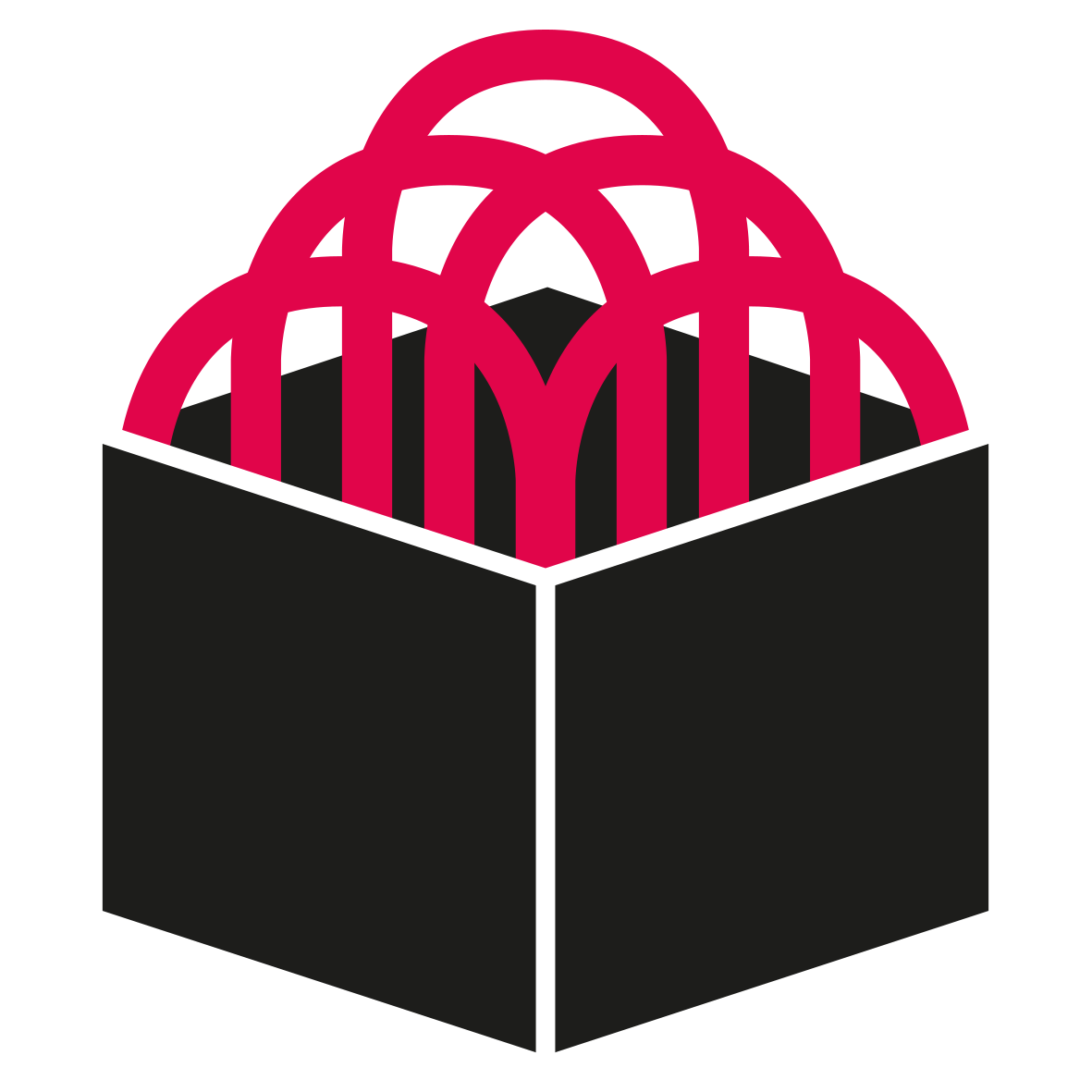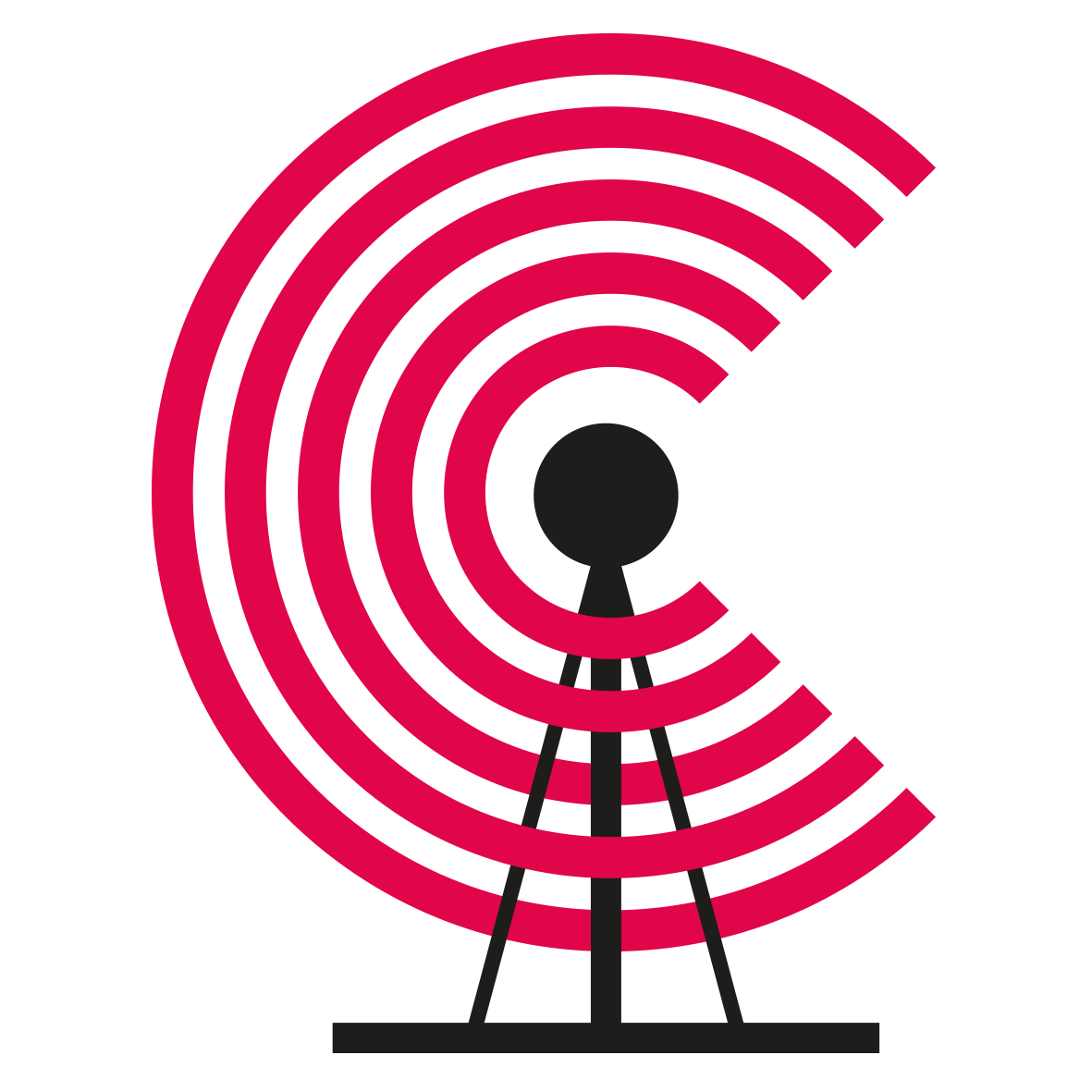DWkit
DWkit is a handbook that presents different design solutions adopted to implement the activities provided by the project Decoding Wireless. It helps to replicate the tools and formats that we designed and developed in order to use them for implementation of other projects. Apart from briefly presenting the activities, the DWKit demonstrates and describes both the materials used (paper, wood, apps, etc..) and aspects related to implementation (production techniques, assembly, printing, distribution, etc..). Illustrations and photographic images help to reveal and make more understandable everything we have achieved. DWKit aims at professionals interested in scientific dissemination, educators and cultural managers. The documentation is issued under the Creative Commons CCBY 4.0 International License and can be shared, modified and redistributed by anyone for any purpose.
The “wireless walks” were designed to bring to life installations. They took place on July 4 and 24, 2019, in Lugano, and August 8, 2019, in Locarno. The walks demonstrated invisible and hidden wireless infrastructures, discussed the extent to which wireless has now become a central element of cities, and made participants reflect on how wireless is changing all of our lives.
To retrace the history of wireless technologies, highlighting their importance in daily life and the material dimension,we created an installation that resembles a construction site, features a timeline with the history of wireless and includes a magazine for in-depth analysis.
An installation, consisting of an information panel and three benches, which invites people to spend a few minutes without wireless. An experience aims to make people reflect on the presence and absence of wireless in our daily lives.
“Radio Time Machine”, “Holographic Parolibere Tables” and “Silent Disco” are events that offer the public wireless headphones for three different immersive audio experiences.
“Radio Time Machine” was designed to travel through time by listening to radio programs in different genres of the RSI of the ’40s, ’50s and ’60s.
“Holographic parolibere tables” allowed to listen to the sound of two of the famous paroliberous tables by the futurist artist Fortunato Depero.
Silent Disco was a synchronized dancing in an outdoor disco, organized by laRotonda and sponsored by Swisscom that was able to draw attention to the use of wireless headphones and their ability to synchronize people “music-free”.
To promote participation in the activities and reach a wide audience, a website was created as the main channel of digital communication. Existing social channels were used and communication with the media was managed.
A digital toolkit was created to disseminate the results and experiences of the project and to facilitate its replicability.
At the end of the DWkit, in the hope that it will be useful, we provide a brief ilist of the difficulties encountered, the criticalities highlighted, and the errors made. The list does not claim to be exhaustive, but it wants to allow those who decide to implement all or part of this project, to find appropriate corrective actions to overcome the problems we faced.









